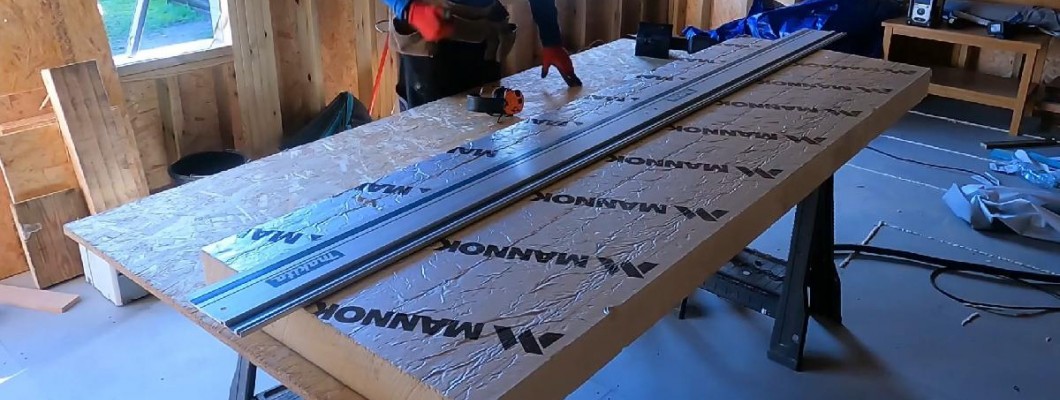
This guide shows you what you need to consider before buying PIR insulation as well as how to do that and also where to buy PIR insulation.
What is PIR Insulation?
PIR (Polyisocyanurate) insulation is a popular insulation material that is used in both residential and commercial buildings. Constructed from a type of plastic foam known for its high thermal performance and low environmental impact. If you're looking to buy PIR insulation, you can find Frank Key's range of insulation here.
Where Can I Buy Insulation?
If you live in Nottingham or Sheffield, you can get PIR insulation delivered to your door by Frank key transport, view our full range of insulation here. You can also search for "PIR insulation near me" online to find suppliers in your area in you dont live near a frank key branch.
What you need to look at when buying
When you're shopping for PIR insulation, it's important to consider the R-value, which is a measure of the insulation's thermal resistance. The higher the R-value, the better the insulation's performance. You should also consider the type of insulation, as PIR insulation comes in a variety of forms such as insulated plasterboards and slabs.
Installing PIR Insulation
Installing PIR insulation in your home or commercial building can greatly improve energy efficiency and lower your heating and cooling costs. But, before you begin the installation process, it's important to understand the basics of PIR insulation and how it differs from other types of insulation.
PIR, or polyisocyanurate, insulation is a type of foam insulation that is known for its high R-value or thermal resistance. This means that it is able to effectively insulate against heat transfer, making it a great option for attics, walls, and commercial buildings.
When it comes to cost comparison, PIR insulation is generally more expensive than fibreglass insulation, but it can be worth the investment in the long run due to its higher R-value and better energy efficiency.
Before you begin the installation process, it's important to take some important steps to prepare your space. First, make sure that your attic or walls are clean and free of debris. Then, measure the area you want to insulate and purchase the appropriate amount of PIR insulation.
- When it comes to installation, the process is relatively straightforward. You can either use a spray foam insulation gun or cut the insulation to fit and press it into place with a tool called a "kneeling pad."
- When insulating walls, it is important to consider the type of walls you have. PIR insulation is great for metal buildings as well as cold storage facilities, as it can withstand lower temperatures.
- It's also important to note that if you are using PIR insulation in a radiant floor heating system, you'll need to use a special type of insulation that is designed for this purpose.
- Overall, installing PIR insulation can be a bit more complex than other types of insulation, but with the right preparation and tools, it can be a relatively easy DIY project.
By following these guidelines, you can enjoy lower energy costs and improved comfort in your home or building.












































































































































